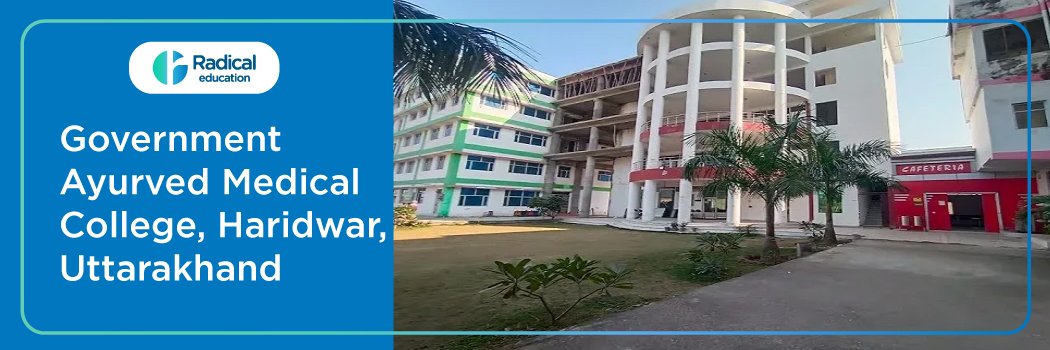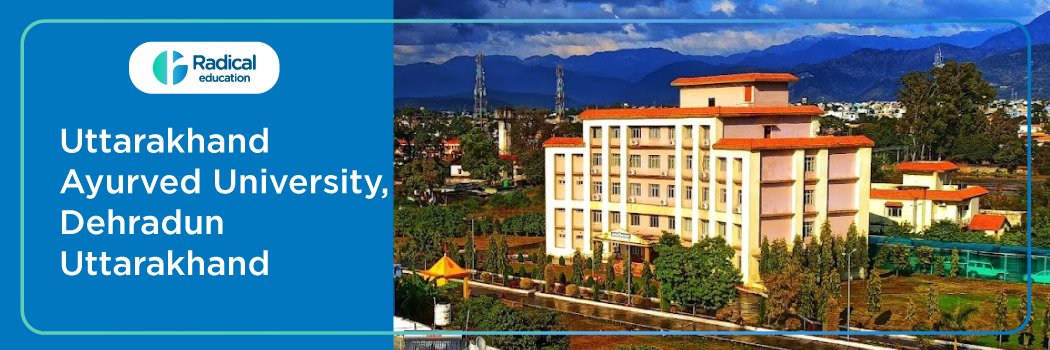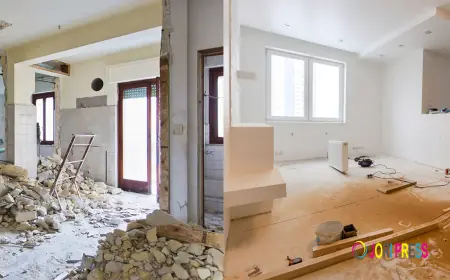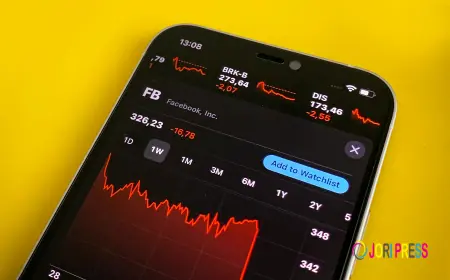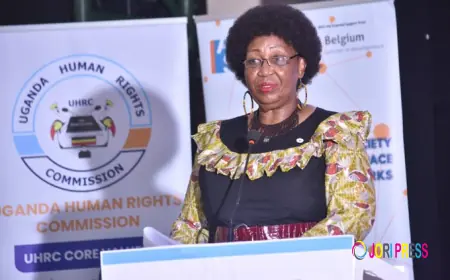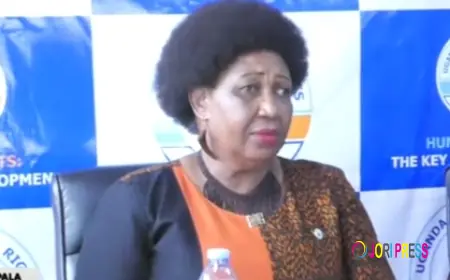AC Power Consumption and Packaged Prices Demystified
Uncover insights on AC power consumption for energy savings and explore current packaged air conditioner prices to make informed buying decisions.

Understanding AC Power Consumption Basics
Air conditioners are essential for maintaining comfort in hot climates, but their energy use, or AC power consumption, can significantly impact utility bills. AC power consumption refers to the amount of electricity an air conditioner uses to cool a space, typically measured in watts or kilowatt-hours (kWh). For instance, a standard window AC unit might consume between 500 to 1,500 watts per hour, leading to monthly costs of $20 to $60 depending on usage. In hotter regions like Florida or Texas, annual AC power consumption can range from 4,000 to 6,000 kWh, while in drier areas like Arizona, it might be 3,500 to 5,500 kWh. Factors influencing AC power consumption include the unit's size, efficiency rating, ambient temperature, and how well the home is insulated.
To calculate AC power consumption, use the formula: Power Consumption (kWh) = Wattage × Hours of Use / 1,000. For example, a 1,000-watt AC running for 8 hours daily consumes 8 kWh per day. Efficiency is key; units with higher Seasonal Energy Efficiency Ratio (SEER2) ratings consume less power for the same cooling output. In 2025, ENERGY STAR Most Efficient models emphasize cutting-edge efficiency, helping reduce overall AC power consumption by up to 20-30% compared to older units. Homeowners should consider local climate when estimating AC power consumption—humid areas require more dehumidification, increasing energy use.
Advancements in technology, such as inverter compressors, have revolutionized AC power consumption. These adjust speed based on cooling needs, avoiding the constant on-off cycles of traditional units, which can save up to 40% on electricity. Smart thermostats further optimize AC power consumption by learning usage patterns and adjusting temperatures automatically, potentially cutting costs by another 10-15%. Regular maintenance, like cleaning filters and sealing ducts, also plays a crucial role in minimizing unnecessary AC power consumption.
Factors Affecting AC Power Consumption
Several elements determine AC power consumption, starting with the type of AC. Central systems, common in larger homes, have higher AC power consumption due to ductwork losses, often ranging from 3,000 to 5,000 watts. Portable or window units are more efficient for smaller spaces, with lower wattage. Room size is critical; an undersized unit works harder, spiking AC power consumption, while an oversized one cycles frequently, wasting energy.
Insulation and home design impact AC power consumption too. Well-insulated homes retain cool air longer, reducing runtime. In contrast, poor insulation can increase AC power consumption by 20-30%. Usage habits matter—setting the thermostat to 78°F instead of 72°F can lower AC power consumption by 18%. Additionally, Coefficient of Performance (COP) measures efficiency: COP = Cooling Capacity (W) / Power Consumption (W), with higher values indicating better performance.
In 2025, eco-friendly refrigerants like R-32 reduce environmental impact while maintaining low AC power consumption. Consumers should look for units with SEER2 ratings above 20 for optimal savings. Solar-powered ACs are emerging, potentially offsetting AC power consumption through renewable energy.
Exploring Packaged Air Conditioner Price Trends
When considering purchases, packaged air conditioner price is a key factor alongside efficiency. Packaged ACs, which combine all components in one unit, are ideal for commercial or large residential spaces, offering easy installation on rooftops or slabs. In India, packaged air conditioner prices vary based on tonnage, brand, and features. For example, an 8.5 TR Hi Per Packaged AC for office use starts at ₹1,26,890. Entry-level models from brands like Blue Star or Voltas range from ₹31,000 to ₹1,22,000.
Packaged air conditioner prices in 2025 reflect advancements in energy efficiency and smart features. Air-cooled packaged units cost around ₹1,22,000, while more advanced models with inverter technology can exceed ₹2,00,000. Factors influencing packaged air conditioner price include capacity (measured in tons), with 1-5 ton units for smaller setups costing less than larger 10+ ton systems. Brands like Daikin or Samsung add premiums for durability and warranties.
In the Indian market, packaged air conditioner prices are competitive, with online platforms like Flipkart and Reliance Digital offering discounts. For instance, unitary package ACs are priced at ₹35,000 in regions like Hyderabad. Buyers should factor in installation costs, which can add 10-20% to the packaged air conditioner price.
Tips for Balancing Efficiency and Cost
To minimize AC power consumption while considering packaged air conditioner price, opt for ENERGY STAR-rated models. Compare SEER2 ratings and calculate long-term savings— a higher upfront packaged air conditioner price for efficient units pays off through reduced bills. In India, prices for 1.5-ton inverter packaged ACs range from ₹40,000 to ₹50,000.
Maintenance reduces AC power consumption; annual servicing can save 15% on energy. For packaged units, check for features like variable speed fans to optimize performance.
Future Outlook on AC Technology
By 2025, AI-integrated ACs will further lower AC power consumption via predictive cooling. Packaged air conditioner prices may stabilize with increased production, making efficient models more accessible.
In summary, managing AC power consumption and understanding packaged air conditioner prices empowers smarter choices for comfort and savings.
What's Your Reaction?
 Like
0
Like
0
 Dislike
0
Dislike
0
 Love
0
Love
0
 Funny
0
Funny
0
 Angry
0
Angry
0
 Sad
0
Sad
0
 Wow
0
Wow
0





